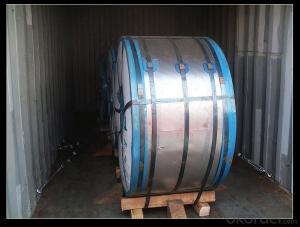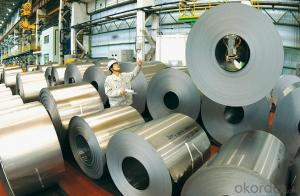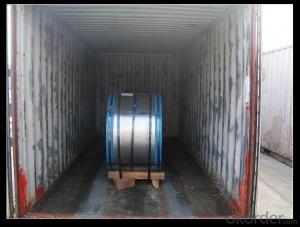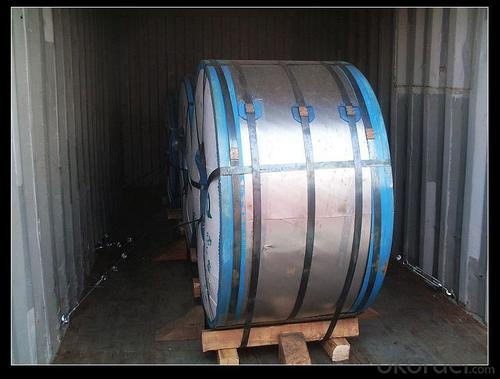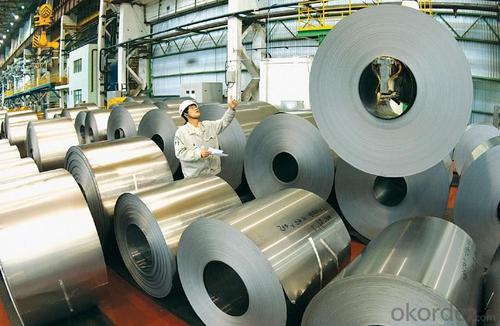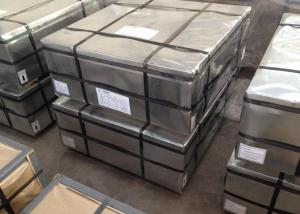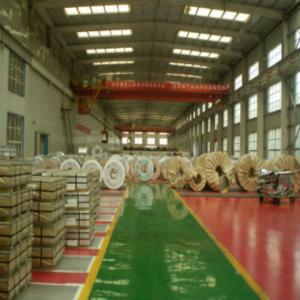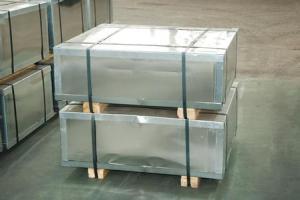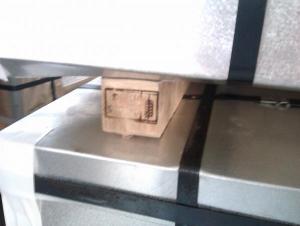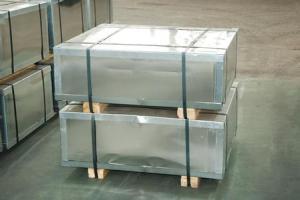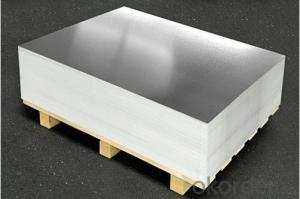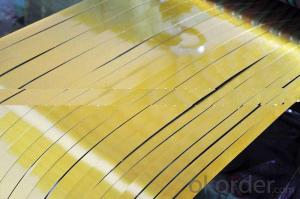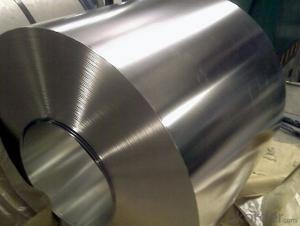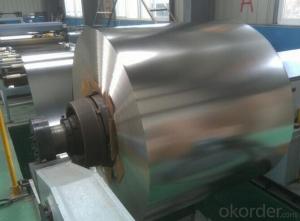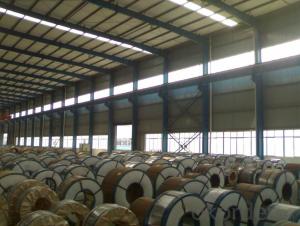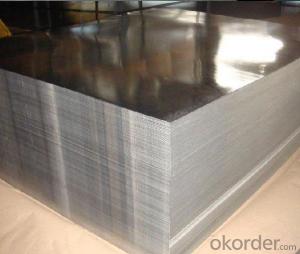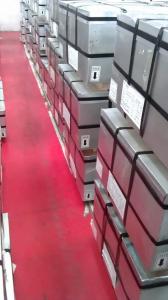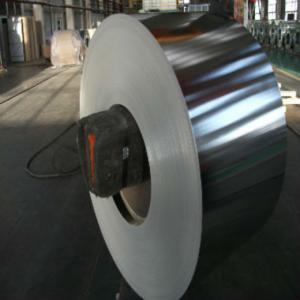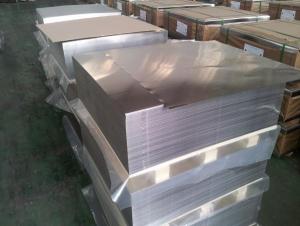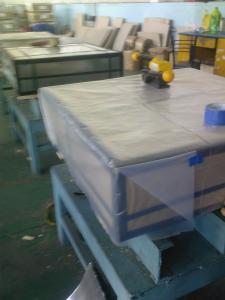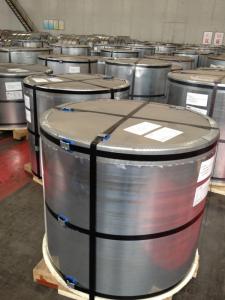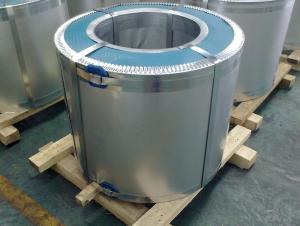Electrolytic Tinplate in Coils for Foods and Chemical Tin Cans Making
- Loading Port:
- Tianjin
- Payment Terms:
- TT OR LC
- Min Order Qty:
- 25 m.t
- Supply Capability:
- 7000 m.t/month
OKorder Service Pledge
OKorder Financial Service
You Might Also Like
1.Structure of Electrolytic Tinplate in Coils for Foods and Chemical Tin Cans Making Description
Electrolytic Tin Plate Coils and Sheets for Foods Metal Packaging, is one thin steel sheet with a coating of tin applied by electrolytic deposition. Tinplate made by this process is essentially a sandwich in which the central core is strip steel. This core is cleaned in a pickling solution and then fed through tanks containing electrolyte, where tin is deposited on both sides. As the strip passes between high-frequency electric induction coils, it is heated so that the tin coating melts and flows to form a lustrous coat.
2.Main Features of Electrolytic Tinplate in Coils for Foods and Chemical Tin Cans Making
Appearance – Electrolytic Tin Plate is characterized by its beautiful metallic luster. Products with various kinds of surface roughness are produced by selecting the surface finish of the substrate steel sheet.
Paintability and printability – Electrolytic Tin Plates have excellent paintability and printability. Printing is beautifully finished using various lacquers and inks.
Formability and strength – Electrolytic Tin Plates have got very good formability and strength. By selecting a proper temper grade, appropriate formability is obtained for different applications as well as the required strength after forming.
Corrosion resistance – Tinplate has got good corrosion resistance. By selecting a proper coating weight, appropriate corrosion resistance is obtained against container contents. Coated items should meet 24 hour 5 % salt spray requirement.
Solderability and weldability – Electrolytic Tin Plates can be joined both by soldering or welding. These properties of tinplate are used for making various types of cans.
Hygienic – Tin coating provides good and non toxic barrier properties to protect food products from impurities, bacteria, moisture, light and odours.
Safe – Tinplate being low weight and high strength makes food cans easy to ship and transport.
Eco friendly – Tinplate offers 100 % recyclability.
Tin is not good for low temperature applications since it changes structure and loses adhesion when exposed to temperatures below – 40 deg C.
3.Electrolytic Tinplate in Coils for Foods and Chemical Tin Cans Making Images
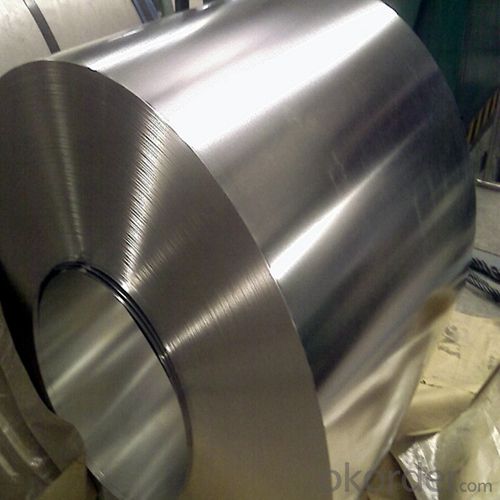
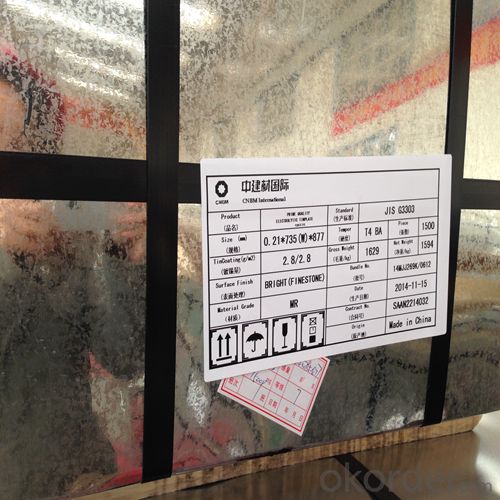
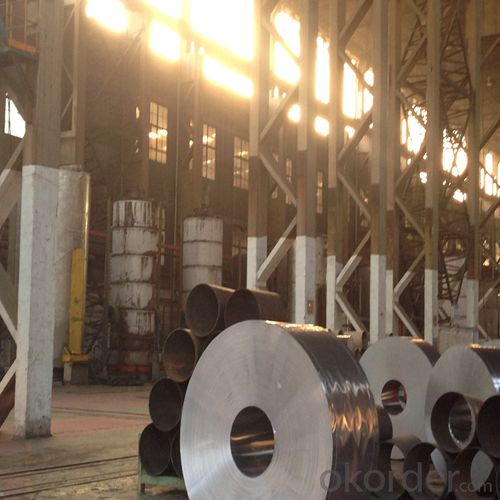
4.Electrolytic Tinplate in Coils for Foods and Chemical Tin Cans Making Specification
Standard | ISO 11949 -1995, GB/T2520-2000,JIS G3303,ASTM A623, BS EN 10202
|
Material | MR,SPCC |
Thickness | 0.15mm - 0.50mm |
Width | 600mm -1150mm |
Temper | T1-T5 |
Annealing | BA & CA |
Coil Inner Diameter | 508mm |
Weight | 6-10 tons/coil 1~1.7 tons/sheets bundle |
Passivation | 311 |
Oil | DOS |
Surface | Finish,bright,stone,matte,silver |
5.FAQ of Electrolytic Tinplate in Coils for Foods and Chemical Tin Cans Making
- How are the Electrolytic Tin Plates specified?
The Electrolytic Tin Plates are specified as per the steel base, extent of tempering, the coating weight, annealing method and the surface finish.
- How many types there are for base steels?
- How is your quality ?
All our quality is prime even the secondary quality . We have many years experience
In this field with serious quality control standard . Advanced equipment, We welcome your visit to our factory .
- Q: What are the advantages of using tinplate for paint cans?
- There are several advantages of using tinplate for paint cans. Firstly, tinplate is a highly durable material that provides excellent protection against corrosion and external elements, ensuring the longevity of the paint stored inside. Additionally, tinplate has a high resistance to impact, making it less likely to dent or get damaged during transportation or storage. Furthermore, tinplate has superior barrier properties, preventing the paint from interacting with oxygen or moisture, which could potentially affect its quality. Lastly, tinplate is a sustainable and recyclable material, making it an environmentally friendly choice for paint can packaging.
- Q: Can tinplate packaging be used for sports equipment?
- Yes, tinplate packaging can be used for sports equipment. Tinplate is highly durable and can provide excellent protection for various types of sports equipment, such as balls, bats, or even smaller items like goggles or accessories. Additionally, tinplate packaging can be customized and designed in various shapes and sizes to fit the specific requirements of different sports equipment.
- Q: What are the main competitors of tinplate in the packaging industry?
- The main competitors of tinplate in the packaging industry are aluminum, glass, and plastic.
- Q: Can tinplate be used for packaging products with sharp edges?
- Yes, tinplate can be used for packaging products with sharp edges. Tinplate is known for its durability and strength, making it suitable for packaging products that have sharp edges without causing any damage to the packaging material.
- Q: What are the printing options for tinplate?
- The printing options for tinplate include lithography, screen printing, and digital printing.
- Q: How is tinplate coated for aerosol cans?
- Tinplate is coated for aerosol cans through a process called electroplating. The tinplate is immersed in an electrolyte solution and an electric current is passed through it, causing tin ions from the solution to be deposited onto the surface of the tinplate. This electroplating process ensures a thin and uniform layer of tin coating, providing corrosion resistance and a shiny appearance to the aerosol cans.
- Q: What are the main applications of tinplate in the jewelry industry?
- Tinplate is commonly used in the jewelry industry for a variety of applications. It is primarily used for making packaging materials such as jewelry boxes, display cases, and gift boxes. The tin coating provides a shiny and attractive finish, making it an ideal choice for presenting and storing jewelry items. Additionally, tinplate can be used for creating intricate designs and patterns on jewelry pieces, adding a unique and decorative touch.
- Q: How is tinplate price determined?
- The price of tinplate is determined by several factors including the cost of raw materials, production and manufacturing expenses, market demand and supply dynamics, industry competition, and global economic conditions. Additionally, factors such as quality, thickness, coatings, and specifications of the tinplate also influence the pricing.
- Q: Can tinplate packaging be used for gift items?
- Yes, tinplate packaging can definitely be used for gift items. It is a versatile and durable material that can be easily customized and decorated to create attractive and unique packaging for various gift items. Tinplate packaging provides a great combination of functionality and aesthetics, making it a popular choice for gift packaging.
- Q: What are the different ways to recycle tinplate closures?
- There are several different ways to recycle tinplate closures. One option is to separate the tinplate closures from other recyclable materials, such as glass or plastic bottles, and send them to a recycling facility where they can be melted down and reused to make new products. Another option is to repurpose tinplate closures for crafts or DIY projects, such as creating decorative magnets or jewelry. Additionally, some communities offer recycling programs specifically for tinplate closures, where they can be collected and reused in various ways.
Send your message to us
Electrolytic Tinplate in Coils for Foods and Chemical Tin Cans Making
- Loading Port:
- Tianjin
- Payment Terms:
- TT OR LC
- Min Order Qty:
- 25 m.t
- Supply Capability:
- 7000 m.t/month
OKorder Service Pledge
OKorder Financial Service
Similar products
Hot products
Hot Searches
Related keywords
